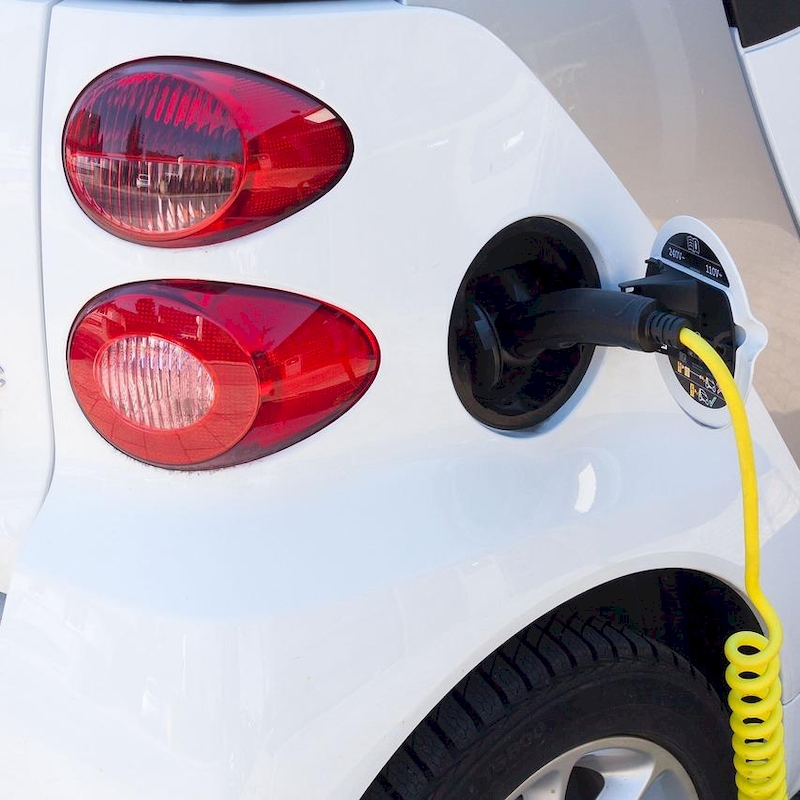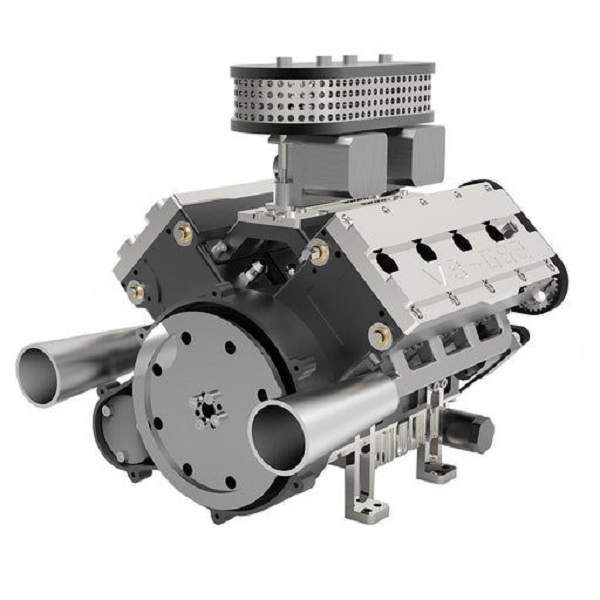When your car engine runs too hot, it can cause serious damage and leave you stranded on the side of the road. Properly cooling down your engine is essential for maintaining the health and longevity of your vehicle. Overheating can happen for many reasons, from a malfunctioning radiator to low coolant levels. Understanding how to cool down a car engine efficiently can save you time, money, and frustration. This guide will walk you through the steps to cool down your car engine and avoid overheating issues, ensuring your vehicle runs smoothly.
Why Does a Car Engine Overheat?
Before diving into how to cool down a car engine, it’s crucial to understand why it overheats in the first place. Overheating occurs when the engine temperature exceeds normal operating levels, which can lead to serious issues, such as blown gaskets, warped cylinders, and even engine failure.
Here are some common causes of engine overheating:
1. Low Coolant Levels
Coolant is essential for regulating the engine temperature. If the coolant level is low or it’s not circulating properly, the engine may overheat.
2. Broken Thermostat
A faulty thermostat can prevent the engine from regulating its temperature properly. If the thermostat stays closed, coolant won’t flow through the engine, causing it to overheat.
3. Radiator Problems
A malfunctioning radiator can prevent heat from dissipating, which will cause the engine to overheat. Clogs, leaks, or broken fans in the radiator can all contribute to poor cooling.

4. Water Pump Failure
The water pump is responsible for circulating coolant through the engine. If the water pump fails, the coolant won’t circulate, causing the engine to overheat.
5. Faulty Radiator Fan
The radiator fan is responsible for helping cool the radiator. If the fan isn’t working properly, it can’t help dissipate heat, leading to engine overheating.
6. Broken Drive Belt
If the drive belt that powers the water pump or radiator fan breaks, the engine won’t cool down effectively, which could cause overheating.
How to Cool Down a Car Engine: Step-by-Step Process
If you find yourself dealing with an overheating engine, it’s essential to act quickly to prevent further damage. Here are the steps to cool down your car engine:
Step 1: Pull Over to a Safe Location
If your car’s temperature gauge shows that the engine is overheating or the warning light comes on, pull over to the side of the road as soon as it’s safe. Continuing to drive an overheating car can cause severe damage to the engine.
Once safely off the road, turn off the air conditioning and turn on the heater to its maximum setting. This may sound counterintuitive, but the heater pulls heat away from the engine and helps to cool it down faster.
Step 2: Turn Off the Engine
Turn off the engine to prevent any further heat buildup. This will give the engine a chance to cool down naturally. Keep in mind that it can take up to 30 minutes for the engine to cool enough for you to safely open the hood.
Step 3: Check the Coolant Level
Once the engine has cooled, check the coolant levels. The coolant reservoir is typically located near the radiator and should be marked with “low” and “full” indicators. If the coolant is low, you may need to add coolant before continuing your journey. Be sure to check for leaks in the hoses, as a broken hose can quickly cause coolant loss.
Important Tip: Only open the radiator cap when the engine is cool, as hot steam and coolant under pressure can cause serious burns.
Step 4: Inspect for Leaks
While waiting for the engine to cool, inspect the radiator and surrounding areas for signs of leaks. A cracked hose or radiator can result in a slow coolant leak, which causes the engine to overheat.
If you notice any visible leaks, this could be the cause of the overheating, and you should have the issue repaired before driving further.
Step 5: Add Coolant if Necessary
If you find that your coolant level is low, add coolant as directed in your car’s manual. If you’re on the road and don’t have access to the correct coolant, you can temporarily use water to fill the reservoir. However, it’s essential to replace the water with the proper coolant as soon as possible.
Use a 50/50 mixture of water and antifreeze, as the antifreeze prevents the coolant from freezing in cold temperatures and overheating in hot temperatures.

Step 6: Restart the Car and Monitor the Temperature
Once the coolant level is restored, restart the car and monitor the temperature gauge. If the temperature continues to rise, this could indicate a more significant issue, such as a faulty radiator fan, thermostat, or water pump. In such cases, it’s best to call for roadside assistance or have your car towed to a mechanic.
Step 7: Drive Carefully
If the engine temperature returns to normal after adding coolant and checking for leaks, you can continue driving. However, be cautious. Avoid heavy acceleration or idling in traffic, as these actions can put additional strain on the engine and cause it to overheat again.
Keep an eye on the temperature gauge throughout the drive to ensure that the engine doesn’t overheat again.
How to Prevent Car Engine Overheating
While cooling down your engine is essential in an emergency, the best way to protect your engine is to prevent overheating from happening in the first place. Here are some preventive measures to keep your car engine cool:
1. Regularly Check Coolant Levels
Make it a habit to check your coolant levels regularly, especially before long trips. Keeping the coolant at the recommended level ensures proper engine cooling and reduces the risk of overheating.
2. Replace the Thermostat
If your car’s thermostat is malfunctioning, it can cause the engine to overheat. Replacing a faulty thermostat is a relatively inexpensive fix that can prevent future overheating issues.
3. Flush the Radiator
Over time, the radiator can become clogged with debris and rust, which prevents coolant from flowing freely. Flushing the radiator and replacing the coolant every couple of years can improve the engine’s ability to stay cool.
4. Maintain the Radiator Fan
Check the radiator fan periodically to make sure it’s functioning properly. If the fan isn’t turning on or is running intermittently, it can cause the engine to overheat. A malfunctioning fan should be replaced promptly to prevent engine damage.
5. Inspect the Water Pump
A faulty water pump will prevent coolant from circulating through the engine, leading to overheating. Have the water pump inspected and replaced if necessary to ensure proper cooling.
6. Replace Worn Hoses and Belts
If your car’s hoses or belts are worn out, they can lead to leaks or prevent the water pump from functioning correctly. Regularly check the condition of your belts and hoses, and replace them when needed.

When to Call a Mechanic
If your car continues to overheat despite your best efforts, it may be time to call a mechanic. Some overheating issues, such as a broken water pump or a cracked radiator, may require professional repair.
It’s crucial to have your car diagnosed and repaired as soon as possible to avoid serious engine damage. If you’re unsure about the cause of the overheating, a certified mechanic can perform a comprehensive inspection and fix the issue before it leads to costly repairs.
Final Thoughts on How to Cool Down a Car Engine
Understanding how to cool down a car engine is essential for every vehicle owner. Overheating is a common issue that can be easily prevented with regular maintenance and timely repairs. If you find yourself dealing with an overheated engine, following the steps in this guide can help you cool it down and get back on the road safely. By taking preventive measures and staying on top of your car’s cooling system, you can protect your engine and avoid costly repairs.



